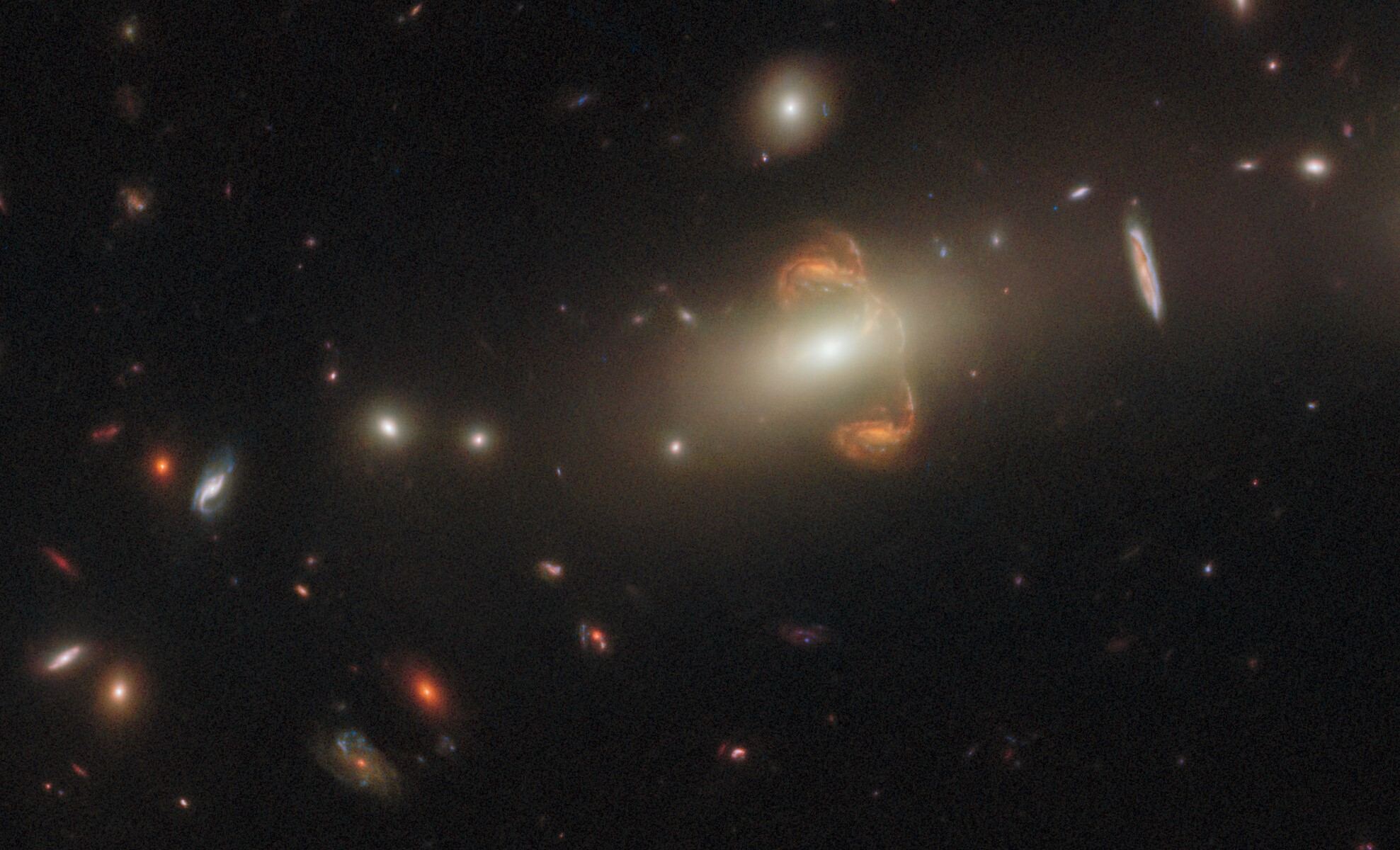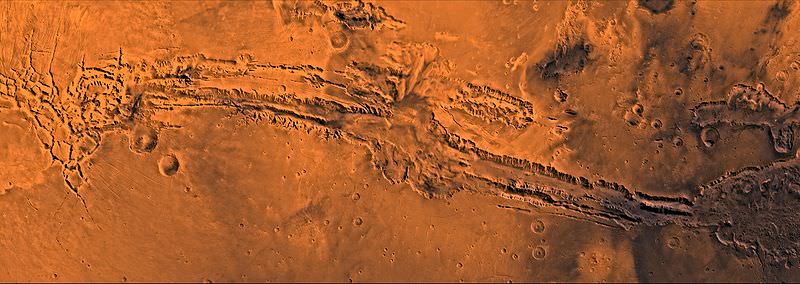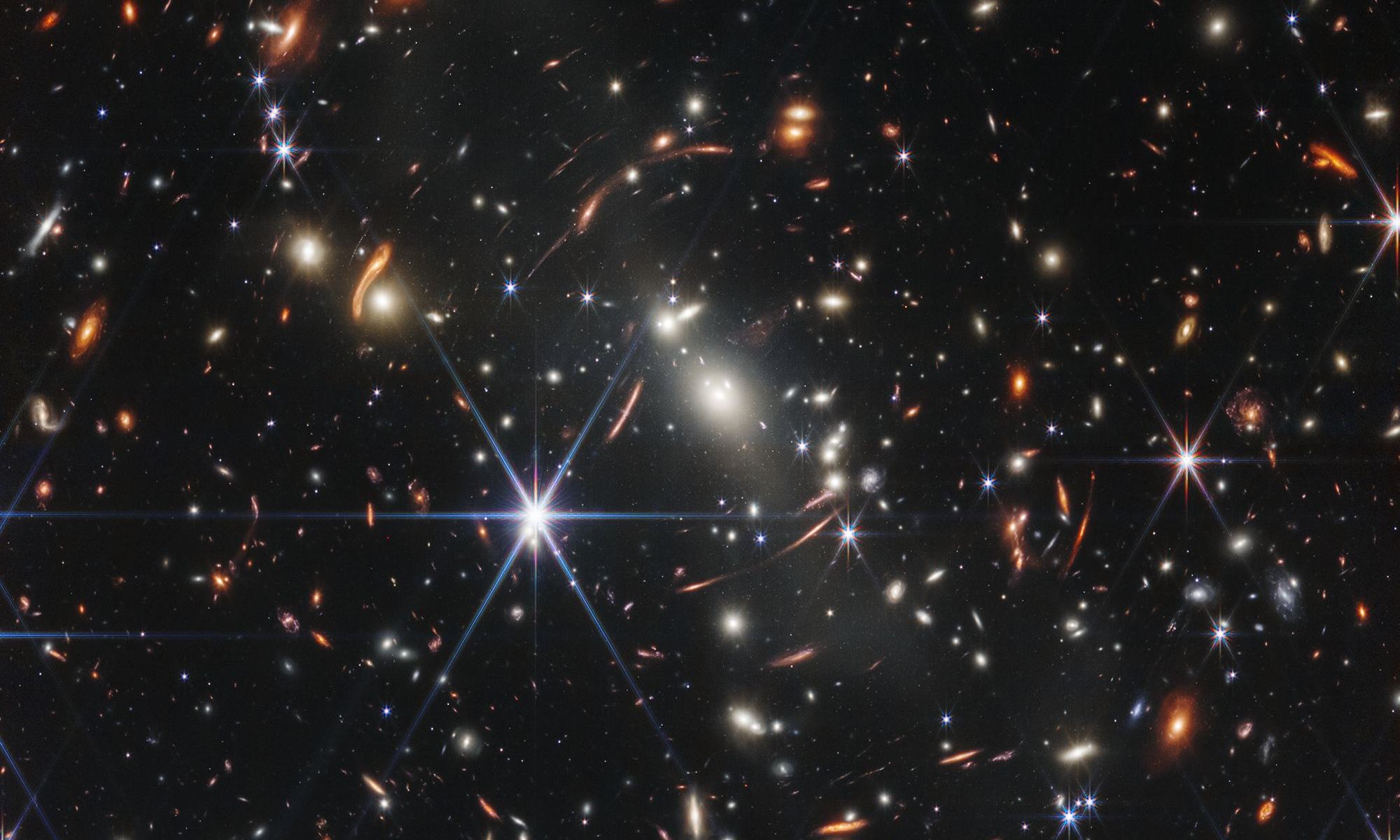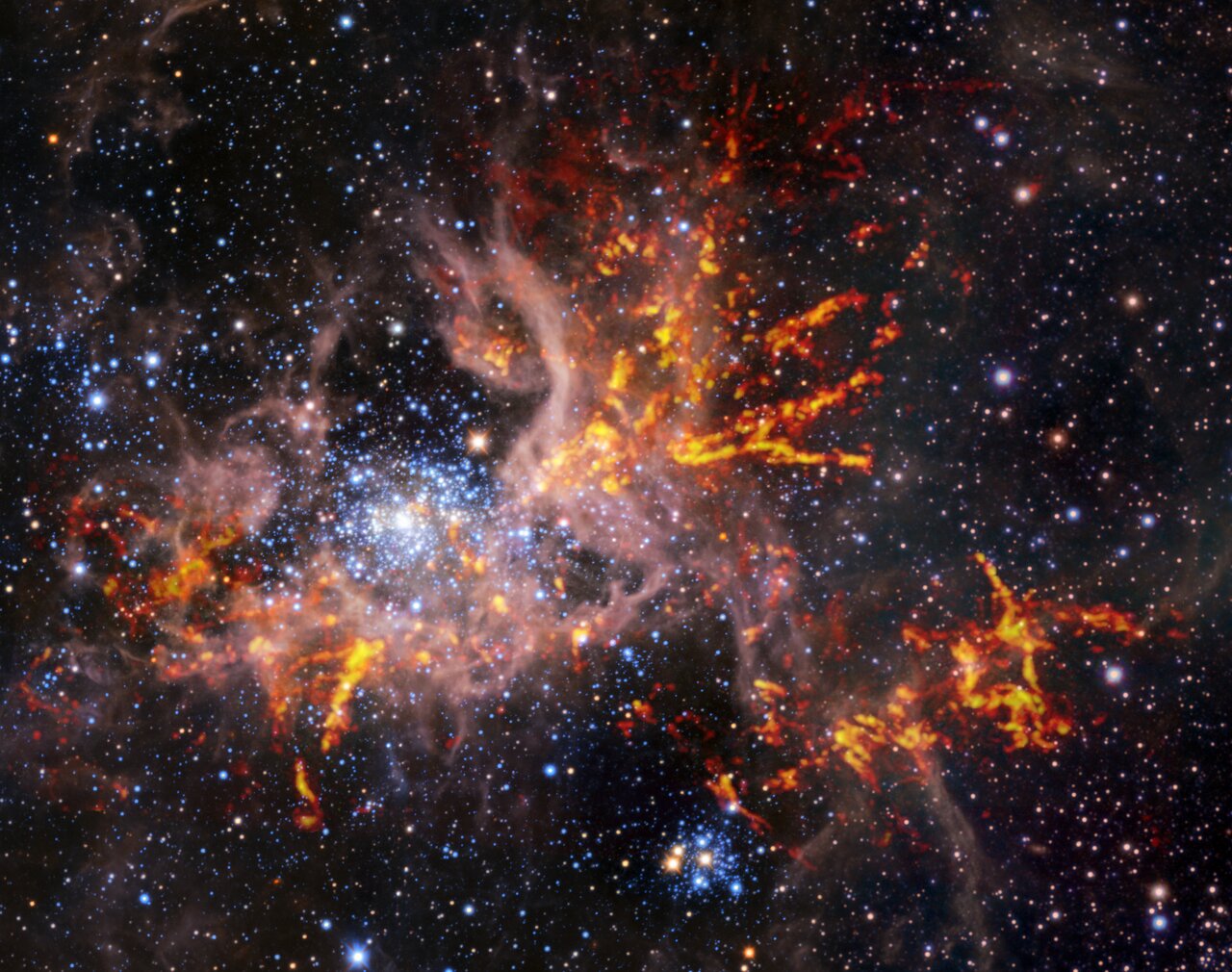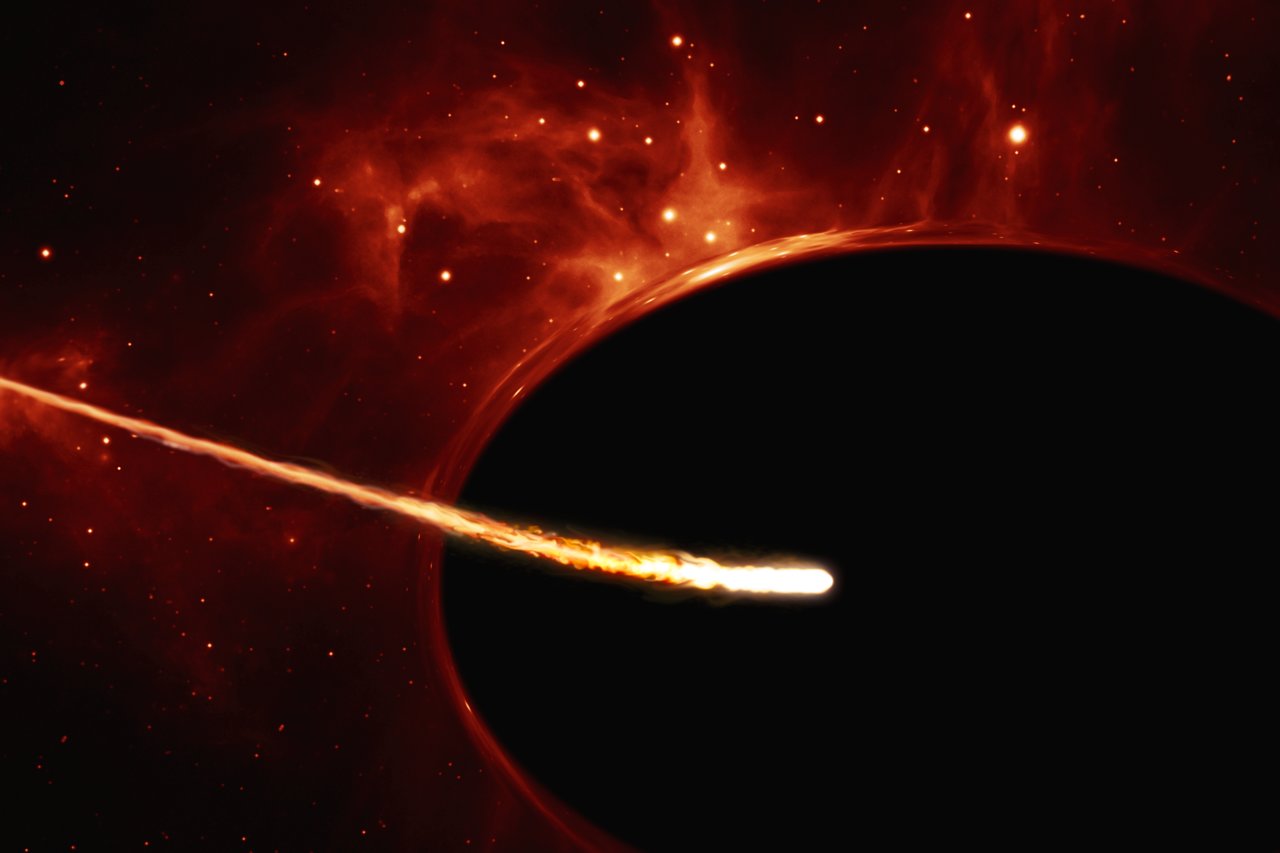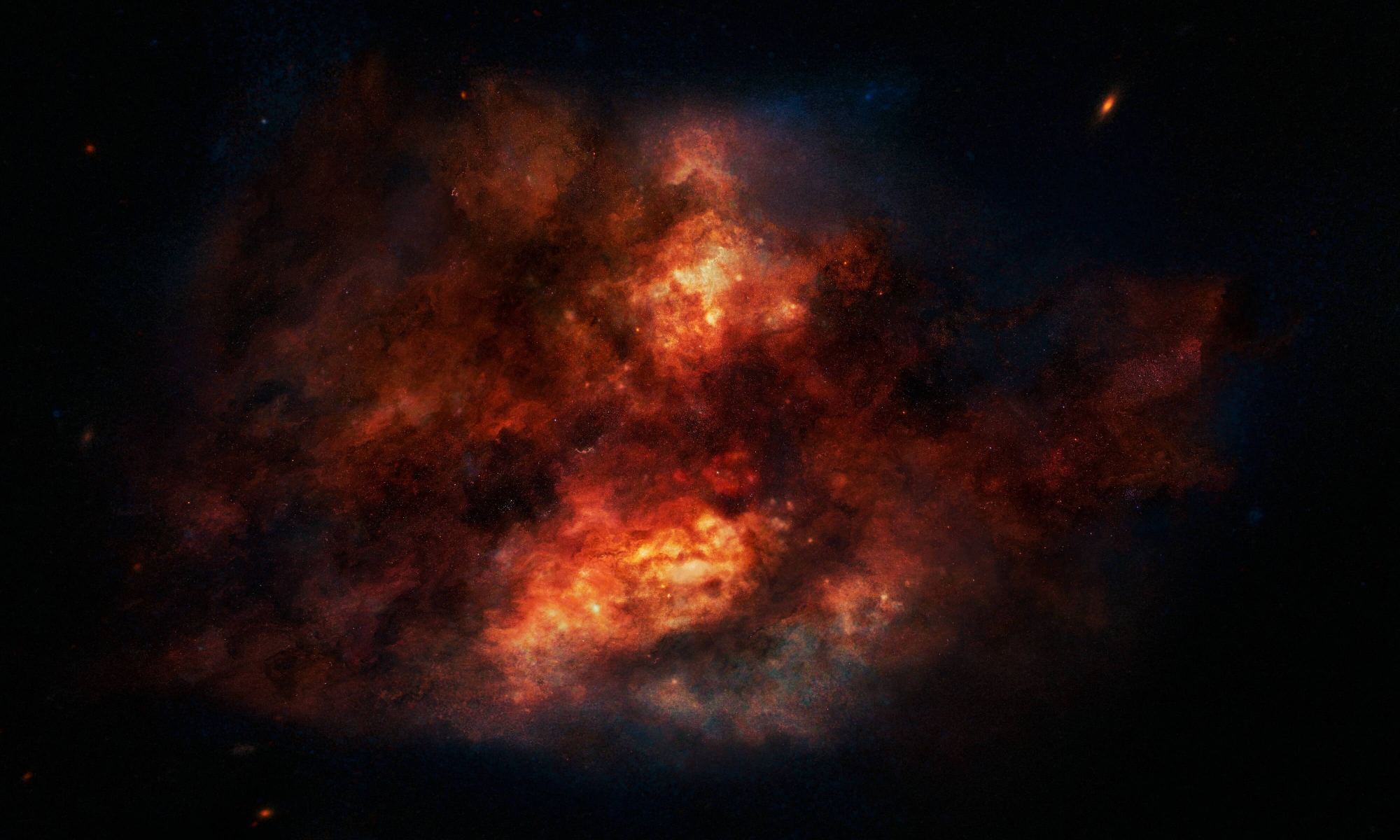It’s been an amazing couple of weeks for fans of gravitational lensing. JWST grabbed the headlines with a spectacular infrared view of lensing in the SMACS 0723 image, and that had everybody talking. Yet, seeing gravitationally lensed objects is not new. Some can be seen from the ground, and of course, Hubble Space Telescope (HST) has been cranking out views of gravitational lensing for years.
Just a few days ago, HST released another one. It’s a striking view of a distant galaxy called SGAS J143845+145407. It’s the centerpiece of the HST view and appears twice in a mirror image of itself. The galaxy appears a third time, as a very smeared apparition that makes a “bridge” between the other two images.
Continue reading “Hubble Sees a Mirror Image of the Same Galaxy Thanks to Gravitational Lensing”
